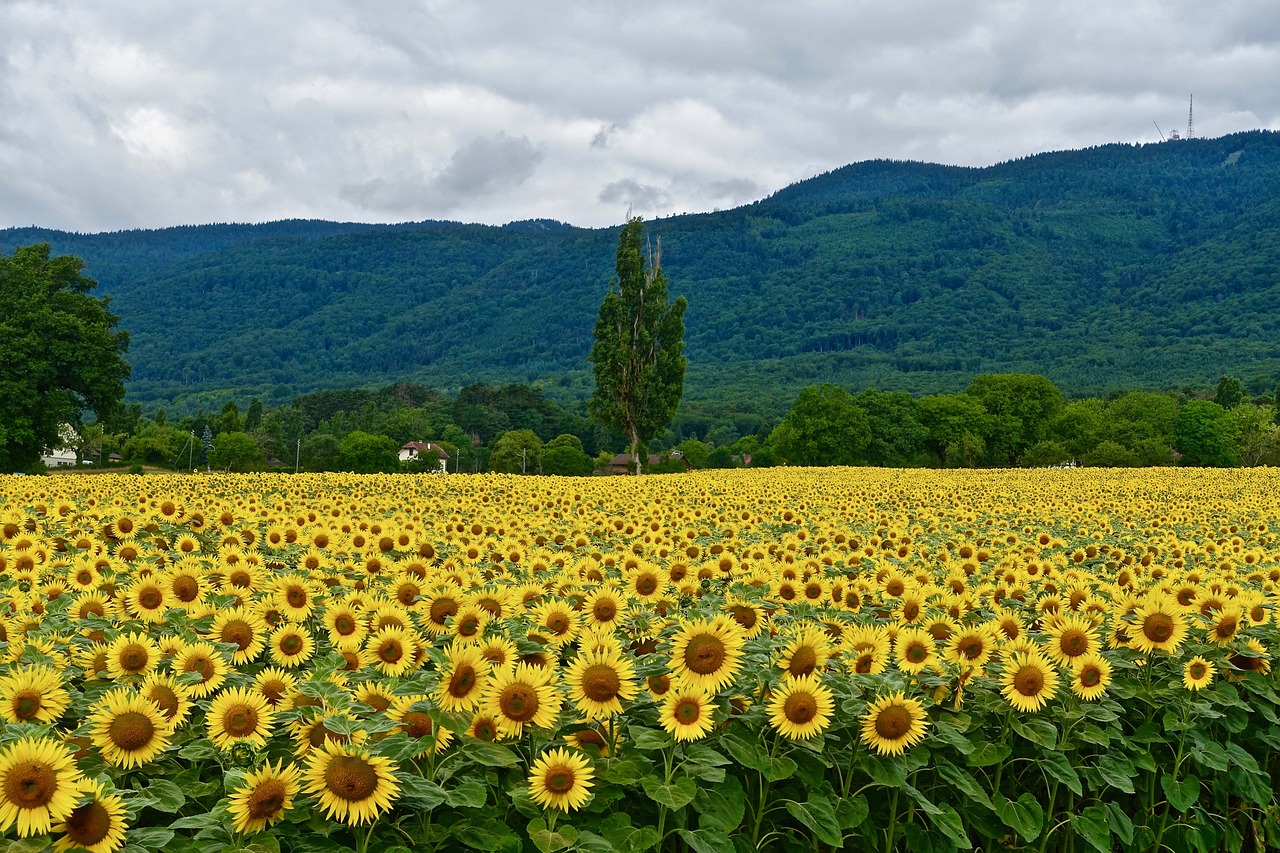
Land portage has become an essential tool for facilitating the installation and development of farms in France. Faced with the challenges of generational renewal and access to land, this system offers an attractive alternative to traditional methods of financing. In this article, we explore the principle of land portage, the different solutions available, and the advantages and disadvantages for farmers.
Carrying land involves passing on the burden of land capital to landowners in exchange for a rural lease (fermage or métayage) or a precarious occupation agreement. This arrangement enables farmers to devote their financing to directly productive assets rather than to land purchases.
In France, 80% of the 26.6 million hectares of Utilised Agricultural Area (UAA) are farmed under tenant farming arrangements, compared with 20% under direct tenancy arrangements. Land portage is therefore an essential element in the economy and management of farms, particularly for new entrants with limited resources.
The Sociétés d'aménagement foncier et d'établissement rural (Safer) play a crucial role in land portage.
As part of regional partnerships, they buy the land and make it available to new farmers in return for an annual payment on account, for a period of 5 or 10 years.
At the end of the holding period, the young farmer buys the land back, after deducting all or part of the annual payments.
Some regions have set up their own landholding companies to support the establishment of new projects. In Occitanie, for example, the Region has set up a landholding company backed by 13 shareholders, including Safer, the Chamber of Agriculture, La Coopération Agricole and the five Crédit Agricole regional banks.
This real estate company has a capitalization of 1.6 million euros to ensure the land is held for 4 to 9 years.
The government is expected to contribute to the land portage by creating a €400 million fund. The aim of this initiative is to strengthen existing schemes and facilitate access to land for new farmers.
A number of citizen initiatives have been set up to help farmers acquire land. These groups of ‘citizen savers’ invest in farmland, purchased collectively, to rent it out to farmers. These initiatives include
A large number of agricultural co-operatives have also put in place solutions to help young farmers set up in farming, whether through land porting, equity investment, preferential price contracts, cash advances, etc.
New companies have also entered the land portage market, offering innovative solutions to facilitate access to farmland. These include FEVE, Terrafine, Hectarea, Le Printemps des Terres, etc.
The ‘portage foncier’ is a promising solution for facilitating access to agricultural land and encouraging the next generation of farmers. Faced with rising land prices and stricter criteria for bank financing, this system offers an interesting alternative.
However, to ensure its effectiveness and development, adjustments are needed. In particular, a CGAAER report recommends making the status of tenant farming more attractive to owner-lessors, while protecting the interests of farmers. It is also crucial to encourage the emergence of new players in the land portage sector, while regulating their practices to protect the collective interest.
In this way, land portage is part of a wider drive to reinvent agricultural models, with the aim of reconciling the economic, social and environmental challenges facing agriculture in the 21st century.